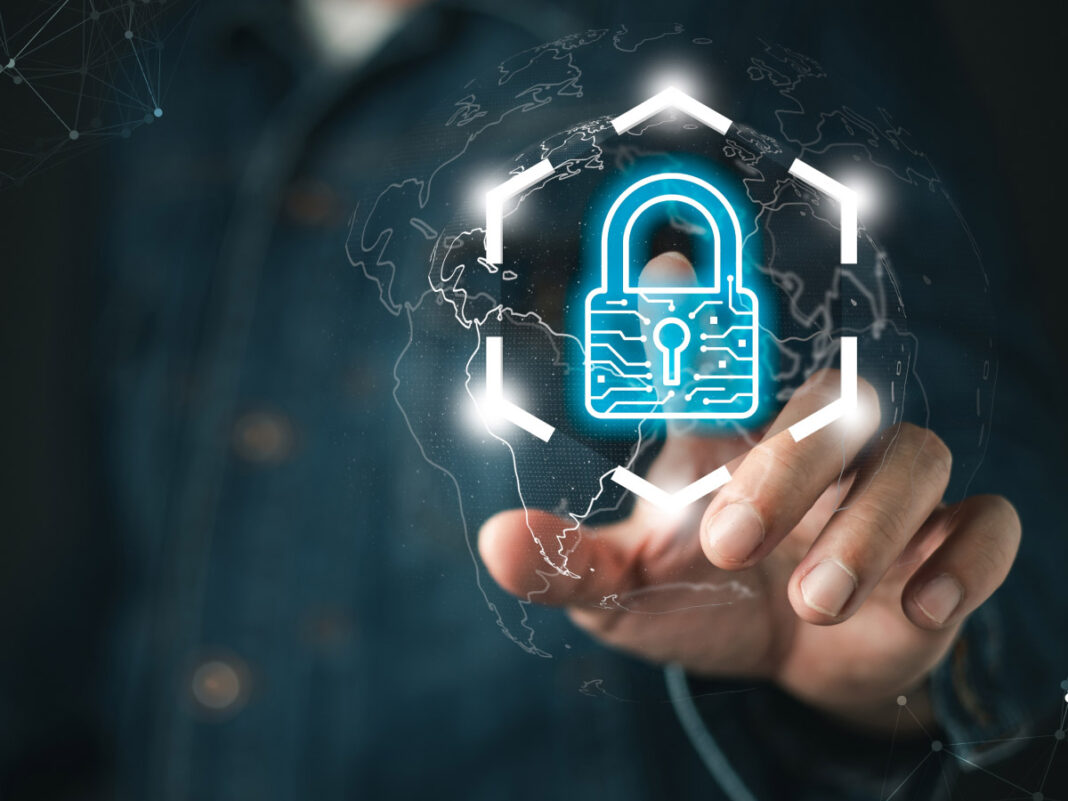In an era where digital footprints are meticulously tracked and personal data has become a commodity, privacy-conscious users are increasingly seeking ways to shield themselves from pervasive surveillance. The advent of sophisticated surveillance technologies by governments and corporations has sparked a counter-movement: the development and adoption of anti-surveillance technologies designed to protect individual privacy.
The Pervasiveness of Surveillance Technology
Surveillance technologies have become deeply embedded in modern society, utilized by governments, corporations, and even private individuals. Tools such as CCTV cameras, facial recognition systems, license plate readers, drones, internet monitoring software, and smartphone tracking are commonplace. While these technologies offer benefits like enhanced security and personalized services, they also pose significant threats to personal privacy.
Governments often justify surveillance in the name of national security and crime prevention. This raises concerns about authoritarian overreach and the erosion of civil liberties. Corporations, on the other hand, engage in what is termed “surveillance capitalism,” collecting vast amounts of user data for targeted advertising and profit, blurring the lines between personalization and manipulation.
Moreover, surveillance disproportionately impacts marginalized communities. For example, government surveillance has been extensively used to monitor civil rights activists and marginalized groups, leading to a climate of fear and self-censorship among those communities.
The Impact on Privacy and Individual Freedom
The omnipresence of surveillance technology has significant psychological and societal effects. Individuals may experience increased stress, reduced creativity, and self-censorship due to the “panopticon effect”—the feeling of being constantly watched. This environment can stifle free expression and hinder the open exchange of ideas essential for a healthy democracy.
The Emergence of Anti-Surveillance Technologies
In response to these growing concerns, there has been a surge in the development of anti-surveillance technologies aimed at empowering individuals to protect their privacy.
Anti-Surveillance Tools and Equipment
Companies and innovators are creating tools designed to detect, evade, or neutralize unauthorized surveillance. These include:
- Surveillance detection tools: Devices that help individuals discover hidden cameras and listening devices.
- Signal jammers: Equipment that blocks or interferes with wireless signals to prevent eavesdropping.
- Anti-drone technology: Systems that detect and disable unauthorized drones that may be used for spying.
- Privacy screens and shields: Physical barriers that prevent visual hacking of screens and devices.
- Anti-surveillance clothing: Apparel made with materials that disrupt facial recognition and thermal imaging, protecting individuals from being easily identified or tracked. These technologies allow users to protect privacy and secure sensitive information.
Privacy-Enhancing Technologies
Advancements in software have also played a crucial role in enhancing privacy. Tools such as:
- End-to-end encrypted messaging apps: Applications like Signal provide secure communication channels that are difficult for unauthorized parties to intercept.
- Privacy-focused browsers and VPNs: Software that masks internet activity, making it harder for data collectors to track online behavior.
- Blockchain-based solutions: Decentralized technologies that give users more control over their personal data and digital identities.
Privacy-enhancing technologies like homomorphic encryption and differential privacy are gaining prominence, allowing data analysis without compromising individual privacy.
Legal Implications and Regulatory Challenges
As anti-surveillance technologies advance, they often exist in a grey area concerning legality. Regulations vary widely across different jurisdictions, and using certain anti-surveillance tools may be restricted or even illegal in some areas. It’s essential for individuals and organizations to:
- Research local regulations: Understand the legal framework governing the use of anti-surveillance equipment in their region.
- Consult legal experts: Seek professional advice to ensure compliance with laws and regulations.
- Advocate for clearer policies: Support initiatives that aim to define and protect privacy rights in the digital age.
Governments are tasked with enacting adaptive, comprehensive data privacy laws that protect citizens while fostering innovation.
The Business of Privacy
Companies are beginning to recognize the demand for privacy-focused products and services. Businesses that prioritize data protection and transparent practices are gaining a competitive edge. For instance, organizations are responding with secure technologies to maintain trust and privacy in their services.
Moreover, privacy has become not just an individual concern but a societal one. Recently, it has been noticed that privacy transcends personal boundaries, influencing how businesses operate and how consumers make decisions.
Taking Control of Personal Privacy
While technology can provide tools to protect privacy, individuals also need to take proactive steps:
- Educate themselves: Understand the types of surveillance technologies in use and their rights regarding personal data.
- Use privacy-focused tools: Employ encrypted communication apps, use VPNs, and consider anti-surveillance hardware when necessary.
- Limit data sharing: Be cautious about the personal information shared online and with service providers.
Individuals must intentionally use end-to-end encrypted platforms and avoid services with weak security protocols.
Conclusion
The rise of anti-surveillance technology reflects a growing awareness and concern over personal privacy in an age of ubiquitous monitoring. As surveillance technologies become more sophisticated, so too must the tools and strategies developed to protect individual freedoms. Privacy-conscious users are at the forefront of this movement, advocating for their rights and adopting technologies that help reclaim control over their personal information.
